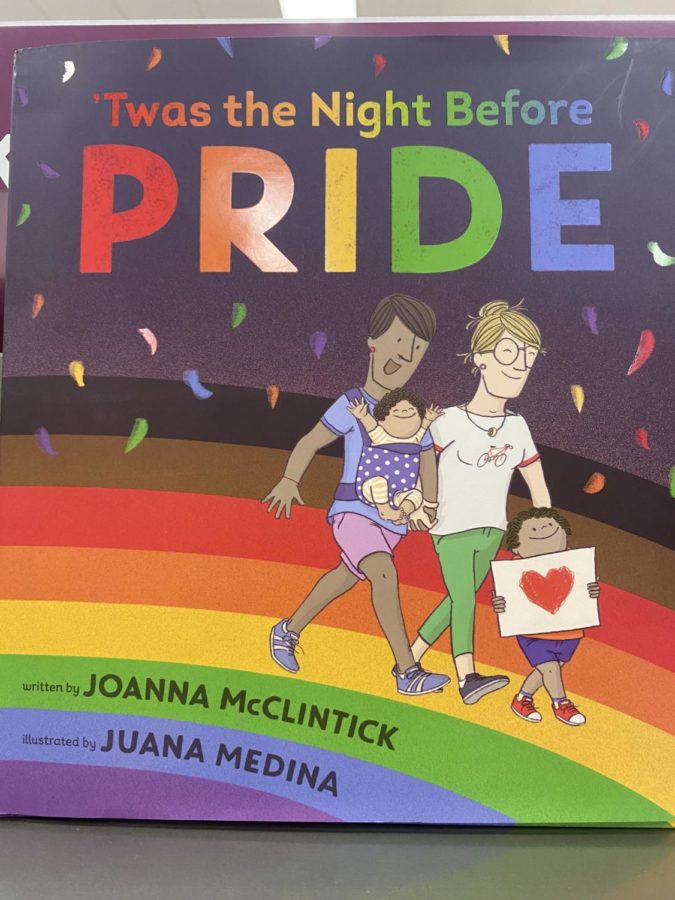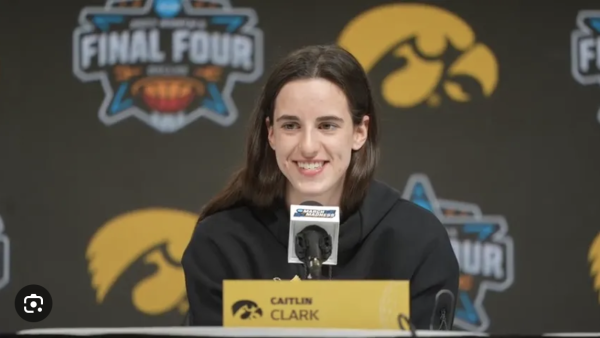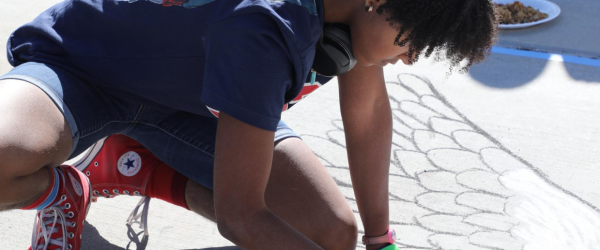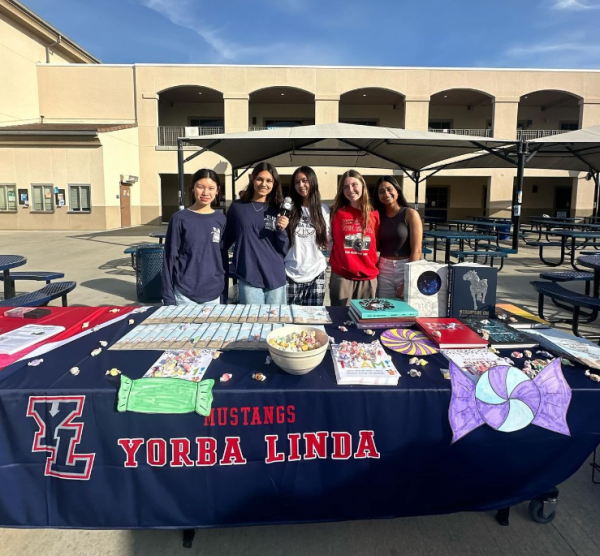Take the Cue, Represent LGBTQ
2022 marks the 49th year in which homosexuality was removed from the American Psychiatric Association’s list of mental illnesses. This was a tremendous step towards equality for the LGBTQ+ community, but there are still many advances to be made before homosexuality is completely accepted. One progression that has been a considerable milestone is healthy queer representation in film, books, and online media.
Just recently on April 22, 2022, Netflix came out with an adaptation of Alice Oseman’s first WEBTOON, now best-selling graphic novel, Heartstopper. The series not only focuses on the relationship between two boys, one gay and one bisexual, but also features side characters with different sexual orientations and/or gender identities. A few examples are Tara and Darcy, two lesbian girls in a relationship, and Elle, a transgender girl.
Rather than showcasing heterosexual people or couples like many other movies and TV shows, Heartstopper displays examples of what it is like to be a teen part of the LGBTQ+ community. The book conveys the hardships, such as relentless bullying and being left out, as well as the pride that comes from being a part of the community. Shows that do not focus solely on LGBTQ+ relationships are critical as well, as they blend gay relationships into the entirety of the story and do not make them seem out of place.
Many transgender teens experience body dysphoria or shame from feeling differently from their peers, and Anonymous states that “people part of the LQTBQ+ community are less likely to come out because of how they believe people will react.” Heartstopper, as well as cartoons such as Adventure Time, The Owl House, and She-Ra and the Princesses of Power, include important portrayals of LGBTQ+ characters that assure teens that they are not alone and aid them in finding who they truly are.
The whole goal of representation is to ‘normalize’ it as an everyday part of society, not hide it away because it’s ‘not natural.’
— Anonymous
Social media, such as Instagram or TikTok, is another factor that could either support LGBTQ+ teens or discourage them. Mixed messages of homosexuality spread across all platforms of social media, some strengthening and some opposed to the community. Acceptance and support for homosexuality have undoubtedly risen, and according to Gallup News, America’s acceptance rate for same-sex marriage has risen from 27% (1996) to 70% (2021). Anonymous affirms that “we are slowly seeing the rate of homosexuality acceptance go up even if part of social media disapproves of it.”
Putting LGBTQ+ portrayals in a positive light rather than a negative view is a major aspect of progression in society’s acceptance of homosexuality. Educating children on the basics of sexual orientations, gender identities, and gender terms is crucial, and as Anonymous says, “the whole goal of representation is to ‘normalize’ it as an everyday part of society, not hide it away because it’s ‘not natural.’” Though some people may argue that kids should not be introduced to the concept of homosexuality at an early age, United Nations states in an article that “…States should develop…education programmes that provide students with comprehensive, accurate, and age-appropriate information regarding sexuality and diverse gender identities” (United Nations 6). Heterosexual and cisgender depictions are shown in countless cartoons, movies, and TV shows for all ages, and romantic aspects in media are not a recently developed concept.
Many forms of media include stereotypical visions of gay individuals, including those that say gay men are nearly always feminine and that lesbians are invariably masculine. These portrayals are misleading when they imply that every person falls under these minuscule umbrellas. Implications that every person in the LGBTQ+ community is the same are not only offensive but can spread misinformation about the community and affect the views of youth. Everyone expresses themselves in a unique way, and having a sense of individual characterizations can expose the audience to a broader mindset.
No matter how hard someone may fight against LGBTQ+ rights or representation, love will always be love, with no limit to size, color, orientation, or gender identity. James Baldwin writes that “Love takes off the masks that we fear we cannot live without and know we cannot live within.”
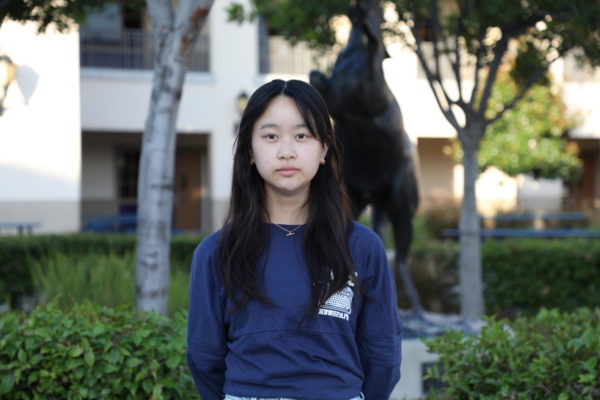
Milla is a sophomore at Yorba Linda High School and is currently an editor for The Wrangler. In the upcoming years she will be working towards her goal...


